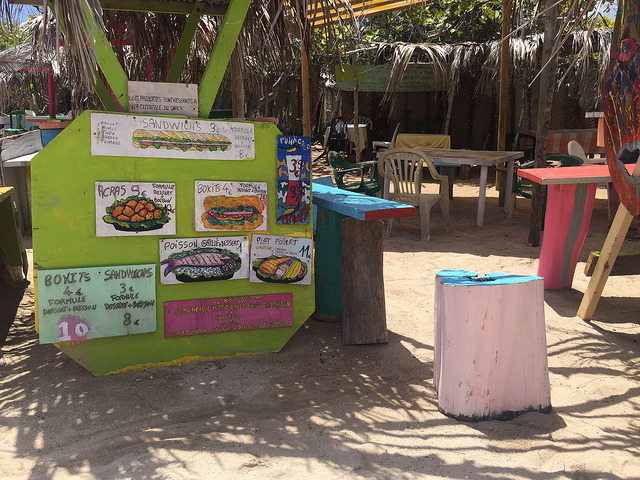Hunger in Guadeloupe Needs Improvement
 Guadeloupe is an island and a French overseas region in the Lesser Antilles of the Caribbean. Its population is around 395,000.
Guadeloupe is an island and a French overseas region in the Lesser Antilles of the Caribbean. Its population is around 395,000.
Current Statistics
- Poverty rate – The worldwide economic crisis has caused a sharp increase in unemployment, currently at around 28.7%. The surge in unemployment has led to higher poverty rates, with statistics showing that 34.7% of the population is living below the poverty line. This has directly contributed to hunger and food insecurity, threatening the population’s well-being.
- Malnourishment –The combination of longer life expectancy and lower fertility rates in Guadeloupe has caused a decrease in population growth and increased dependency ratio, which currently stands at “62.5 passive people (under 15 and over 65) for every 100 working-age people”. This means fewer working-age individuals are available to support the dependent population. The demographic shift has led to increased food insecurity and higher poverty rates. Consequently, hunger is rising, particularly among older adults who are especially vulnerable. As a result, 20% of older adults are malnourished, compared to only 5% of the general population.
Impact of COVID-19
- Agriculture – Guadeloupe derives 50% of its export revenue from crop products, but it still relies on France for a portion of its food supply. The COVID-19 pandemic significantly affected the country’s agricultural systems, leading to various consequences. Reduced demand during lockdowns and a labor shortage resulted in declining crop production and reduced income for farmers and those associated with food businesses.
- Eating Habits – The COVID-19 pandemic has not only impacted the economy but has also led to changes in people’s eating habits. Lockdown measures caused individuals to stock up on non-perishable food items, resulting in a less varied diet and an increased susceptibility to health issues like obesity, diabetes and cardiovascular diseases. Additionally, due to rising poverty levels, people have less purchasing power, which prompts them to opt for cheaper but less healthy food choices. Studies have shown a link between low income and obesity. According to the scientific journal Diabetes and Metabolism, obesity rates in the country are high, ranging from 17.9 to 33.1% in different parts of the country.
Good News
Despite facing numerous challenges, there is promising news for the agricultural sector in Guadeloupe. Farmers in the region have responded to these challenges by broadening their crop range and prioritizing greater self-sufficiency in resources, labor and marketing. These adaptations indicate a transition towards more sustainable and eco-friendly farming practices.
Final Thoughts
The current situation in Guadeloupe is alarming due to high poverty rates, malnourishment among older adults and increased obesity among the population. Resolving these issues will require a comprehensive strategy that includes economic assistance, reforms in the agricultural sector, and the implementation of public health programs. Such steps will help reduce unemployment and poverty and ensure access to nutritious food for all residents of Guadeloupe.
– Scott Kesselring and Maria Waleed
Photo: Flickr
Updated: October 18, 2024
